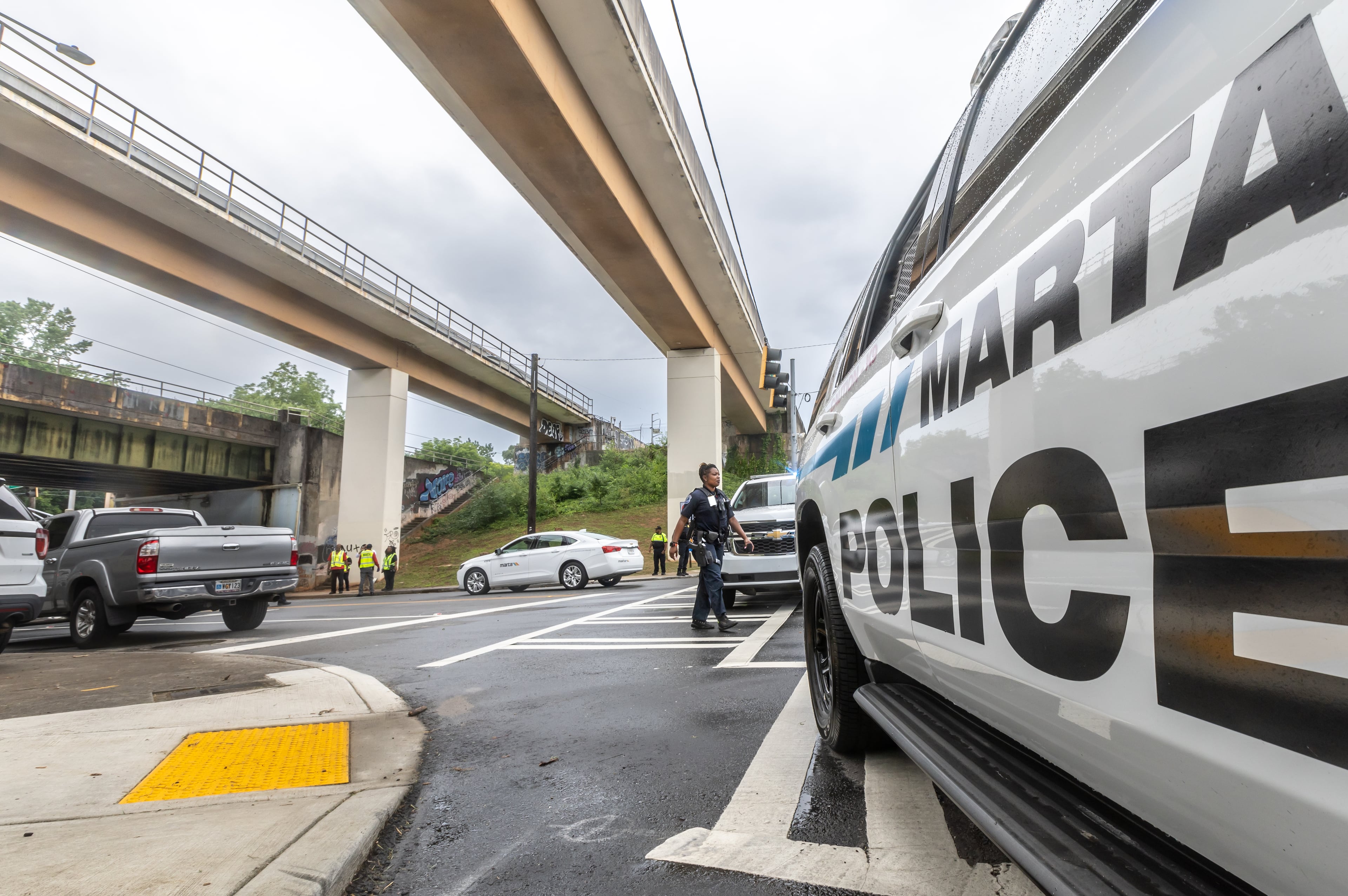Sunday Conversation with Sarah Morrison

Shepherd Center leased hospital space in 1975 and opened a six-bed unit to offer rehabilitation and hope to people with spinal cord injuries. Four decades later, Shepherd treats thousands of people a year at its state-of-the-art facility. Patients come from all over the country for treatment of spinal cord injury, as well as brain injury, multiple sclerosis and other neurological disorders. On Feb. 20, Sarah Morrison takes over as CEO and president of Shepherd Center. She began her career there 32 years ago as a physical therapist. While much has changed in that time, one thing hasn’t, she says: “Shepherd Center is a place of hope.”
Q: What attracted you to Shepherd?
A: Shepherd Center, even in 1984, was very well known. When I told people I was working at Shepherd, they would ask, "Isn't that depressing?" My answer was always "no." We can't change that the individual was injured, but what we can do is give back their quality of life.
Q: What are some of the differences you have experienced?
A: When I came to Shepherd, the average length of stay was more than 120 days. Now, it is only 40 days, mainly because of insurance pressures. To maximize outcomes, Shepherd developed a full outpatient continuum. In 1984, the research for spinal cord injury showed that little recovery occurred after one year post-injury. In the past 15 years, we are finding that individuals can continue to recover years later. There is more technology to provide even more function. This also holds true with brain injuries and other neurological conditions.
Q: Are you talking about spinal cord injury patients walking again?
A: Today, more than half of individuals with a spinal cord injury have some sensation or motor function below their level of injury. Some can regain enough strength to walk on their own. For others, technology has offered the ability to stand up, walk, and go up and down stairs. I remember one individual with paraplegia who had not walked for 27 years, and after participating in our intensive, activity-based program called "Beyond Therapy," she gained the ability to walk in her home.
Q: How are most spinal cord patients injured?
A: The majority are injured in moving vehicle accidents. The other top causes are falls, violence and sports. We admit close to 1,000 inpatients a year, with 52 percent coming from outside Georgia. We offer 30 days of free housing for family members of inpatients who live more than 60 miles away. A catastrophic injury not only changes the lives of the patient, it also changes the lives of their loved ones.
Q: What about the other areas of treatment?
A: We have 55 dedicated beds for people who experience brain injuries. In our outpatient programs, we treat individuals with multiple sclerosis, as well as those experiencing chronic pain. We are very proud of our newest program, the SHARE Military Initiative, which provides treatment to service members who have experienced mild traumatic brain injuries and PTSD.
Q: Is Shepherd involved in research?
A: We have four main areas — spinal cord injury, brain injury, multiple sclerosis and clinical/biotechnology. Shepherd has almost 1,000 participants and more than 25 externally funded projects.
Q: What about your sports teams?
A: We have 11 teams funded by our generous donors: quad rugby, basketball, softball, fencing, swimming, hand cycling, power soccer, bass fishing, water skiing, track and field and riflery. This is part of Shepherd's commitment to getting patients back to participating in sports, regardless of the severity of their injury.
Q: What are your big plans?
A: There are a lot of changes in today's healthcare environment. We really don't know what is going to happen to the Affordable Care Act. The challenge will be to find ways for a private, not-for-profit, stand-alone organization such as Shepherd to stay open and continue producing the high level of quality care we provide.
Information: www.shepherd.org.

